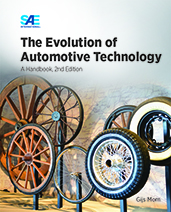Technical Paper
Heavy-Duty Diesel Engine Spray Combustion Processes: Experiments and Numerical Simulations
2018-09-10
2018-01-1689
A contemporary approach for improving and developing the understanding of heavy-duty Diesel engine combustion processes is to use a concerted effort between experiments at well-characterized boundary conditions and detailed, high-fidelity models. In this paper, combustion processes of n-dodecane fuel sprays under heavy-duty Diesel engine conditions are investigated using this approach. Reacting fuel sprays are studied in a constant-volume pre-burn vessel at an ambient temperature of 900 K with three reference cases having specific combinations of injection pressure, ambient density and ambient oxygen concentration (80, 150 & 160 MPa - 22.8 & 40 kg/m3-15 & 20.5% O2). In addition to a free jet, two different walls were placed inside the combustion vessel to study flame-wall interaction.

